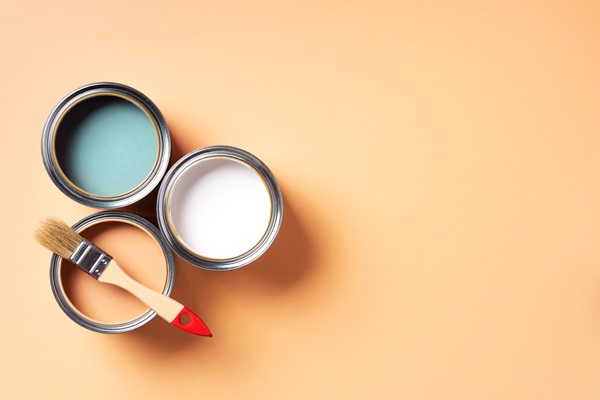.png)

Dev Chandrasekhar advises corporates on big picture narratives relating to strategy, markets, and policy.
May 20, 2025 at 10:03 AM IST
Asian Paints faces an inflection point.
The January-March results were revealing —not for what they reported, but for what they signalled. Revenue fell 4.3% to ₹83.59 billion, EBITDA margins compressed by 210 basis points to 17%, and net profit plunged 45% to ₹6.92 billion.
Each metric tells the same story: the company's legendary dominance is eroding under competitive pressure. Its long-held premium valuation is at risk.
Backward integration projects, set to come online by June 2025, now represent the strongest hope for margin recovery.
Asian Paints has touted its manufacturing investments. A ₹5.5 billion white cement plant in Rajasthan and a ₹21 billion VAM-VAE emulsion facility in Gujarat are expected to deliver cost savings of 8-10% on putties and 12-15% on emulsions. These savings could potentially improve overall margins by 150-200 basis points over the next two fiscal years.
Volume growth of 1.8%, alongside a 5.2% revenue decline in the decorative segment, confirms that Asian Paints is no longer the market’s pricemaker.
It is now clear that the old playbook of price hikes is failing, as consumers actively downtrade —buying similar quantities but choosing lower-priced products.
Where once premium positioning boosted profits, those advantages are being challenged by nimble competitors. Asian Paints' market share fell from 59% to 52% in 2024-25, while Birla Opus gained nearly 7 percentage points in just one year. JSW Paints is rapidly expanding with its "Any Colour One Price" strategy across tier-2 and tier-3 cities.
The diversification squeeze is evident. The kitchen business contracted, the White Teak venture required an impairment charge, and international operations declined 1.5% year-on-year as African markets struggled. Only the bath segment showed resilience, growing 10%.
For the full year, consolidated profit fell 32.8% to ₹36.67 billion and revenue dropped 4.5% to ₹339.06 billion. The final dividend of ₹20.55 per share brought total payouts to ₹24.80—small consolation for investors watching the premium multiple erode.
Competitors are gaining ground. Berger Paints reported an 18.0% rise in January-March profit to ₹2.62 billion with margins expanding to 15.8%, suggesting that Asian Paints' struggles are company-specific rather than industry-wide.
Asian Paints Managing Director and Chief Executive Officer Amit Syngle has attributed the performance to "weak demand conditions" and "muted consumer sentiment," but the deeper issue appears structural. While manufacturing investments might lower costs by mid-2025, they will not address the fundamental challenge: consumers now have credible alternatives at lower price points.
Three markers will determine whether backward integration restores Asian Paints' lustre.
First, timely completion of both facilities—delays beyond June 2025 could heighten market scepticism.
Second, actual cost savings compared with the projected 150-200 bps margin improvement.
Third, whether competitors continue gaining ground or respond with similar vertical integration strategies, potentially neutralising Asian Paints' expected advantage.
Analysts have trimmed EPS estimates for the next two years and now expect the revenue growth to slow to just 4%-7% CAGR.
If backward integration comes too late, Asian Paints risks further market share erosion; if its impact is too limited, the premium valuation may become difficult to justify.
Currently trading at 61 times 2024-2025 earnings —compared with 34 times for Kansai Nerolac and 56 times for Berger Paints —the market's confidence appears to rest heavily on the success of its manufacturing initiatives.
The management maintains that these investments, combined with product innovation and retail expansion targeting 100,000 outlets by 2025-26, will help the company weather the competitive storm.
The coming quarters will separate hope from reality. While company's backward integration may restore some margin, it may not turn back the clock to an era when Asian Paints commanded both premium pricing and investor affection without question.
Investors betting on a manufacturing-led revival should be wary. If price gap persists and diversification continues to disappoint, Asian Paints’ reputation for resilience may face its toughest test yet.




